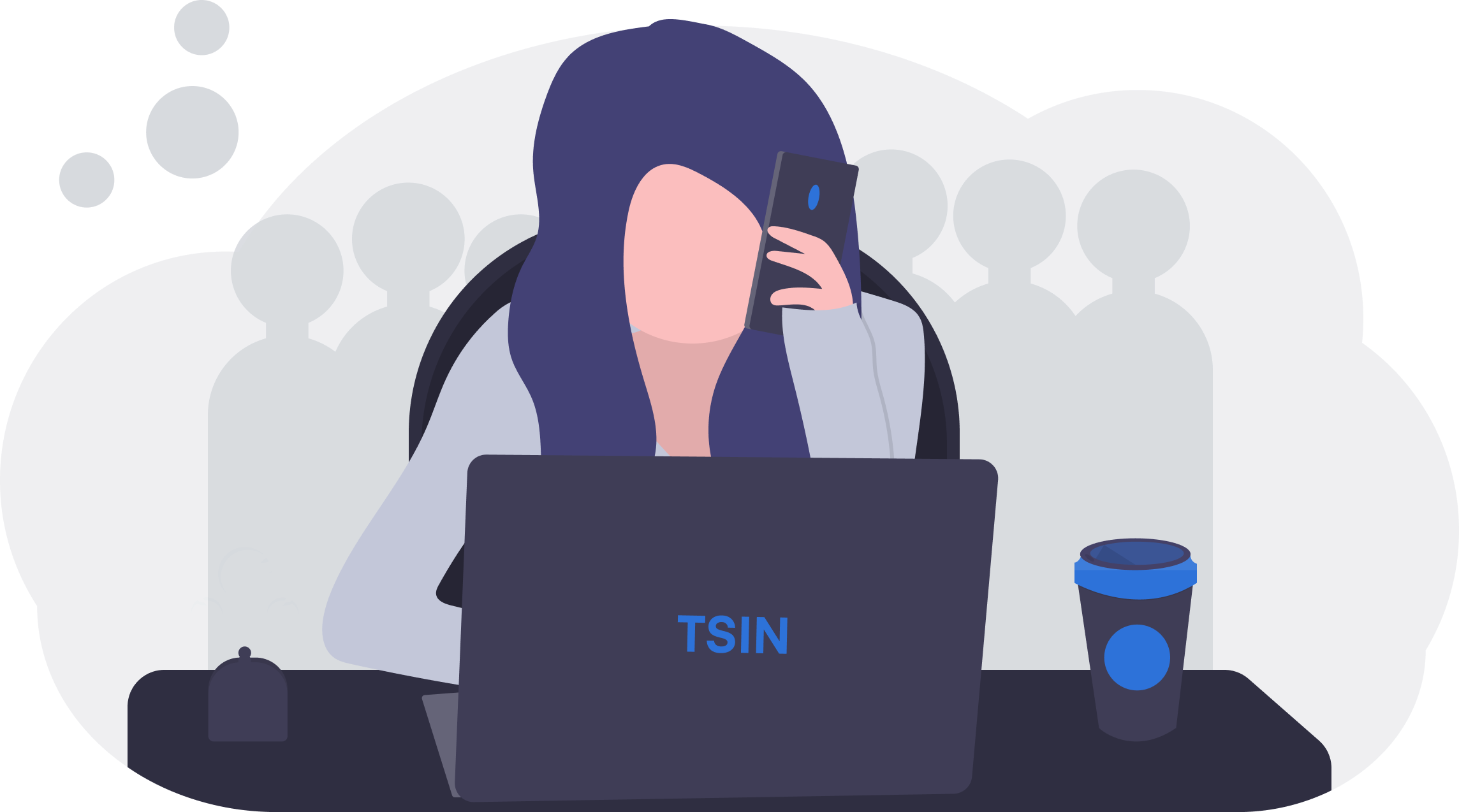Is 4G really the 4G in India?
When India really heard the word ‘4G’ practically after Reliance Jio Free 4G Sim revolution in India, little would have the Indians thought about getting the actual 4G Speed. The fact was lost behind somewhere in the middle of free 4G Jio sim card happiness. After all, WhatsApp and Facebook was not a luxury service anymore for the majority of underprivileged and rural population of India. So folks, the not so good news according to UK’s speed testing body Open Tester, the average 4G LTE speed in India has not been able to cross 6.1 Mbps which is very low as compared to the average global speed of 17 Mbps. Hence, at a time when leading Telecom companies of India are talking of 5G deployment and planning of offering fibre based home broadband at starting speeds of 100 mbps, the reality still remains to be seen.
Reasons for slow 4G speed in India
According to the Speed testing analysts, the slow 4G speed in India is mainly due to the growing number of Mobile Users in India. The Huge population of India is no hidden fact and spectrum share per number of people in India is very low. The spectrum per operator in India is low as compared to other countries. According to analyst from Ookla (US Speed tester ), in India ranks 109th among list of 124 nations. The average download speed in India is 9.12 mbps which is very low in comparison to global average of 23.54 mbps.
According to Telecom Industry Experts, the slow 4G speed in India is due to the congestion in the network because of high number of Internet users at a given time. Moreover, due to various restrictions by law enforcement agencies, it is difficult to set up towers and other infrastructure for better network coverage. Except Jio, who is purely 4G telecom service provider, other telecom companies don’t offer continuous 4G coverage and because of this mobile signals keep fluctuating between 4G to 3G to 2G and this also affects Internet Speed and Experience.
According to Analysts, the Latency level of Indian Telcos is high. Latency is measurement of time taken access internet servers. For example, the waiting time for a user in opening a web page or playing a video. Hence, lower latency levels mean the videos start playing faster. According to Open Signal spokesperson, Vodafone had lowest latency with response time of 66.4 milliseconds which is high compared to global operators range of 30-50 milliseconds.
Steps being taken by Indian Telcos to improve
The Indian telecom companies are trying their best to overcome the challenges of maintaining the required standard of 4G LTE speed in India. The Data plans are being designed according to customer requirements professional and home use respectively. While most non professional users can manage with fluctuation in internet speed between 4G,3G and 2G but when it comes to Official works where deadlines have to be met, a constant high speed is a necessity. So, leading telecom companies like Airtel, Vodafone and Jio are setting up towers and other infrastructure wherever required. Moreover, the spectrum per operator is also being worked upon where the density of population is high.
From the customer side also, there should be a continuous reporting of slow speed issues to the Internet Service Provider . Many times we don’t take this issue seriously when the speed drops and if we keep informing the Telcos, then they can solve the issue at the same time. Hence, the average 4G Internet user needs to be more aware and collect more technical knowledge. The joint effort of the customer and the Telecom service provider can help India gain a good position in 4G Intermet speed Globally.

